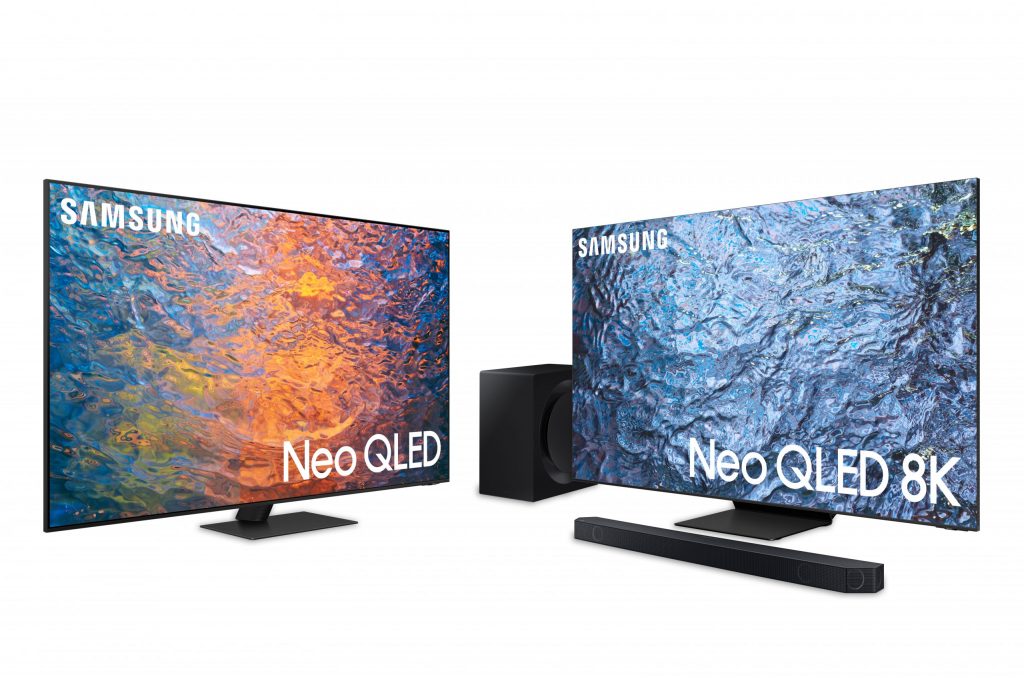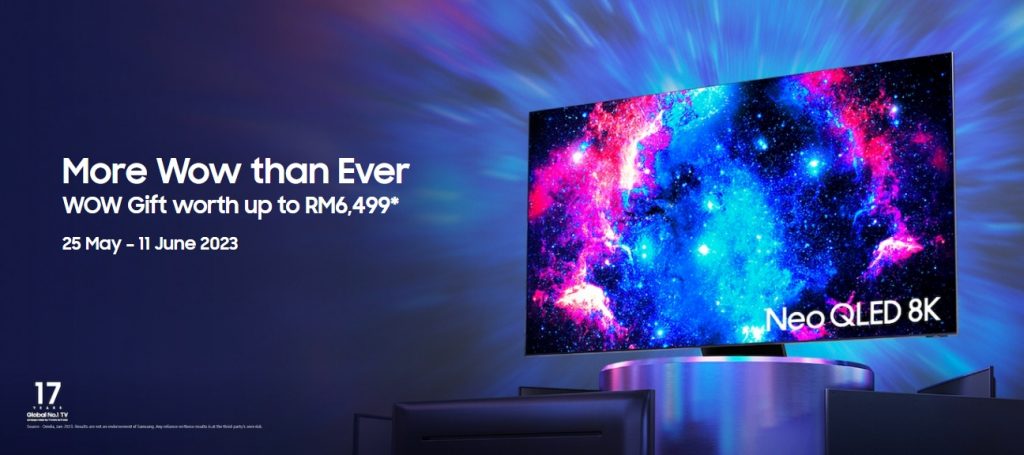This post is brought to you by Samsung.
In the last couple of years, TV tech has taken a step forward by incorporating a couple of new hardware features that bring improvements to picture quality, audio quality, and gaming. A TV equipped with these hardware features can elevate your entertainment experience, whether you’re watching a movie or playing a game on the latest gaming consoles.

So, here are four relatively new TV techs that you might be missing out on.
HDMI 2.1 brings support for more video and audio features
If you’re a gamer, you would appreciate the new gaming capabilities that HDMI 2.1 brings to the TV. Firstly, there’s support for 4K resolution at 120 frames per second (FPS) from an Xbox Series X, or a computer GPU from Nvidia or AMD with an HDMI 2.1 port. The last gen HDMI 2.0 port is limited to 4K resolution at 60fps.
Then there’s support for variable refresh rate (VRR) which matches the refresh rate of the TV to the varying refresh rate of the gaming consoles or computer GPU. This eliminates screen tearing during gameplay, which appears as distorted horizontal lines on the screen.
TVs normally will have a low latency mode for gaming which is enabled when you switch the picture setting over to “Game.” However, to obtain low latency, the TV would normally have to switch off any additional image processing. Fine for gaming, not so for watching movies.
So, if you’re using, say, an Xbox Series X to play games and watch Netflix, you will need to change the picture setting manually for each situation. With auto low latency mode on HDMI 2.1, the TV can detect the type of content coming in from the Xbox Series X and automatically switch to the ideal picture mode.
Outside of gaming, HDMI 2.1 also brings higher audio quality with enhanced audio return channel (eARC) support. Compared to ARC on HDMI 2.0, eARC can send uncompressed audio from the TV to a soundbar or AV receiver. So, if you have a 4K Blu-ray player hooked up to the TV, you can get uncompressed Dolby Atmos audio out of it.
Mini LED brings next-generation lighting technology
LCD TVs were traditionally lit by standard-sized LEDs which meant that a large group of pixels had to share a single light source. Therefore, controlling the amount of light going through each pixel is challenging, leading to a grey shade in dark scenes and an overall lower contrast ratio.
With the introduction of Mini LED lighting technology, the LEDs are much smaller than the standard-sized LEDs, allowing a smaller group of pixels to share a single light source. This in turn provides for a finer and more precise lighting control of the pixels. As a result, this improves black levels and increases the contrast ratio.
Additionally, colour reproduction is improved as well, providing more vibrant and richer colours.
Upgrade the picture quality further with 8K
4K used to be the highest resolution you could get on a TV. However, it has been replaced by 8K, which you can also get with Mini LED lighting. For context, 8K has four times the resolution of 4K and 16 times the resolution of a Full HD or 1080p. As you can tell, an 8K TV will produce a sharper image than a 4K.
Now, as you can also tell, there are no movies or TV shows currently available in 8K resolution. However, these 8K TVs are equipped with image processors capable of using AI to upscale the 4K content to glorious 8K resolution. Therefore, you don’t have to worry that your 4K video will look pixelated on an 8K TV.
Combining 8K resolution, AI upscaling, and Mini LED lighting technology gets you the best picture quality possible on a consumer TV today.
TVs have gotten a lot smarter and more connected
TVs have taken advantage of networking to provide internet and connected services. You may already be familiar with the internet service part, like being able to download video and music streaming apps such as Netflix and Spotify. But TVs from Samsung, for example, provide connected services with your smartphone.
Through Samsung’s SmartThings app, you can easily set up a supported Samsung TV using a smartphone like the Galaxy S23 Ultra. This app also allows you to control the TV with your smartphone.
Besides being able to mirror your phone screen on the TV, the SmartThings app also allows you to mirror the TV screen on your phone. This is useful for when you need to walk away from your TV but don’t want to pause the video because someone else is watching as well.
If you have a Galaxy ecosystem, the supported Samsung TV will integrate seamlessly. So, if you have your Galaxy Buds2 Pro connected to your TV and Galaxy S23 Ultra, the audio will switch automatically when you get a phone call on your phone and switch back to the TV once the call ends.
Samsung can help you experience these new features

If these new features are exactly what you’re looking for, you can find them on Samsung’s Neo QLED 8K series and Neo QLED 4K series TVs. Additionally, from now until the 11th of June 2023, Samsung is also bundling a Q-series soundbar worth up to RM6,499 with selected Neo QLED series TVs.

- 65″ Neo QLED 8K QN700C – RM15,199
- 75″ Neo QLED 8K QN700C – RM18,199
- 85″ Neo QLED 8K QN800C – RM32,199
- 65″ Neo QLED 8K QN900C – RM21,699
- 75″ Neo QLED 8K QN900C – RM28,699
- 85″ Neo QLED 8K QN900C – RM43,699
- 55″ QLED Q80C – RM5,999
- 65″ QLED Q80C – RM7,199
- 75″ QLED Q80C – RM11,199
- 85″QLED Q80C – RM15,199
- 65″ Neo QLED 4K QN85C – RM9,599
- 75″ Neo QLED 4K QN85C – RM13,599
- 85″ Neo QLED 4K QN85C – RM18,599
- 55″ Neo QLED 4K QN95C – RM11,199
- 65″ Neo QLED 4K QN95C – RM13,399
- 75″ Neo QLED 4K QN95C – RM19,199
- 85″ Neo QLED 4K QN95C – RM24,199

Samsung Q-series soundbars support Samsung’s Q-Symphony feature, which combines the TV speakers with the soundbar to provide a richer sound. On select soundbar models, you can get an 11.1.4 channel system with wireless up-firing rear speakers for Dolby Atmos.
Moreover, select Q-series soundbars feature SpaceFit Sound Pro to automatically calibrate a sound profile that best suits your space.
For more information on the promo and the Neo QLED series TVs, you can head on over to samsung.com/my or check out Samsung’s local news update at https://news.samsung.com/my/.








